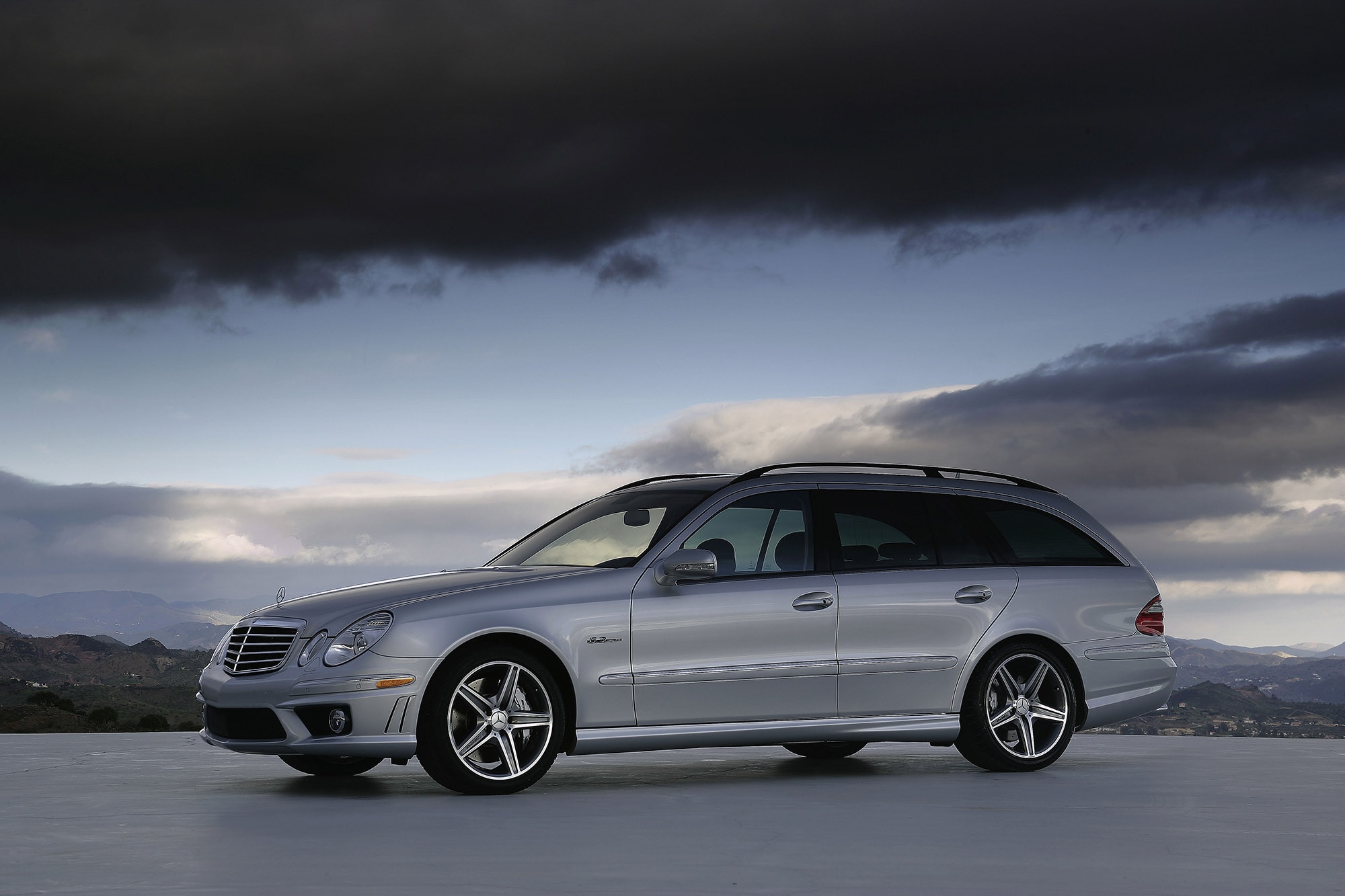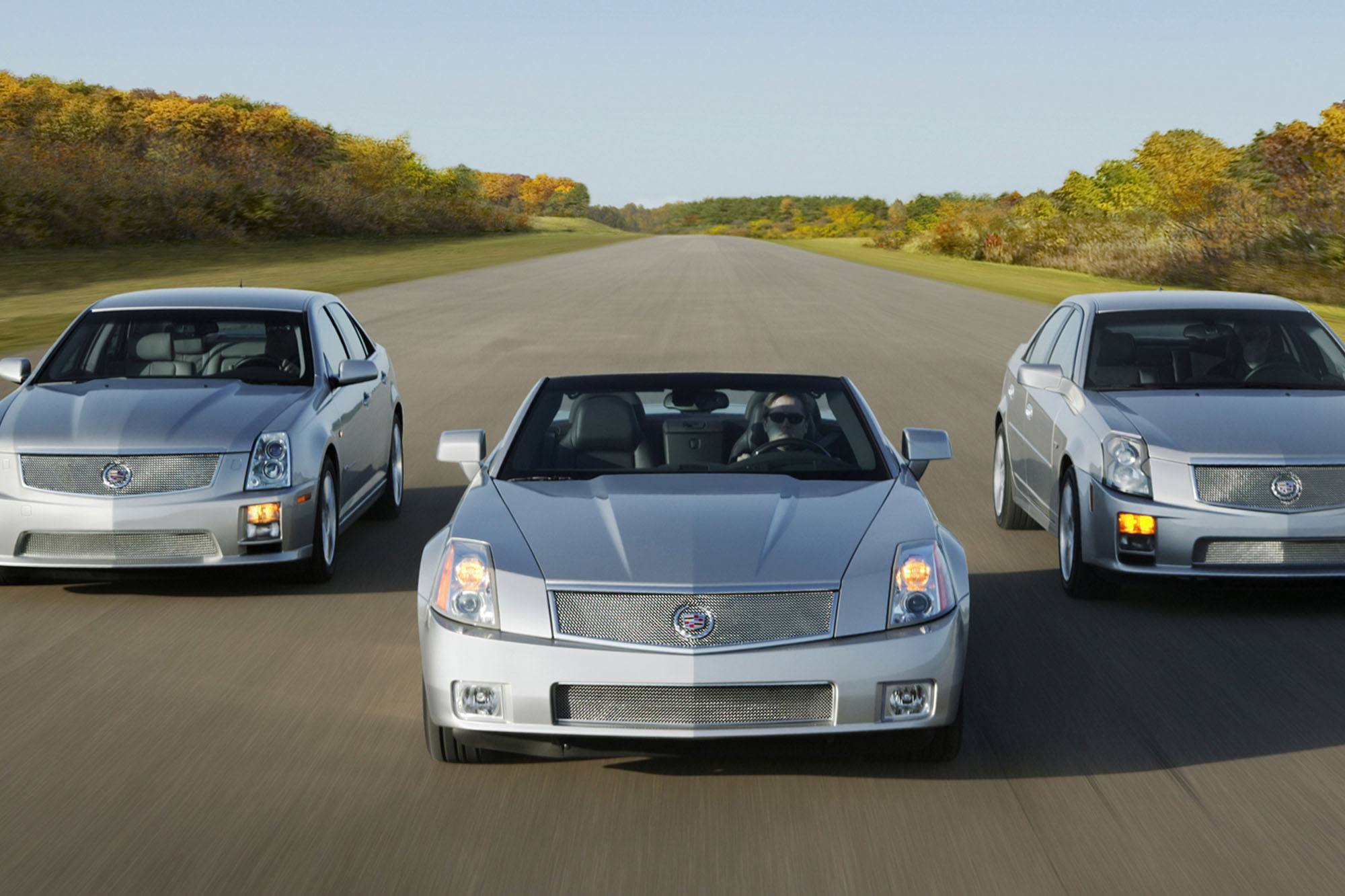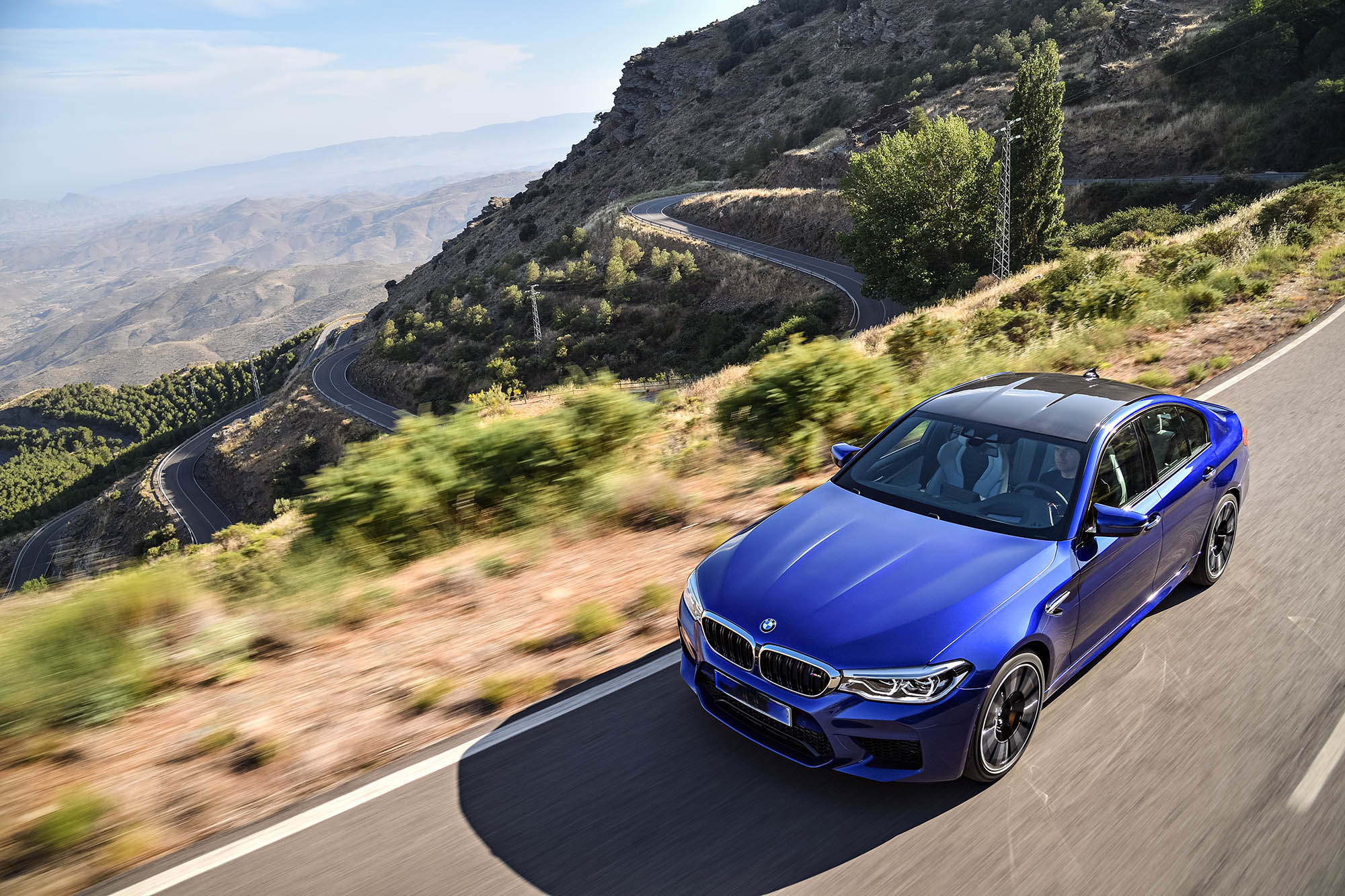What Is a Sleeper Car?
It's the automotive equivalent of a wolf in sheep's clothing.
 Mercedes-Benz
Mercedes-Benz
The automotive enthusiast community has, over the years, developed its own jargon. Some of the terms used in enthusiast spaces might puzzle or confuse people who view cars only as straightforward transportation. For example: the term sleeper or sleeper car.
The phrase might bring to mind deluxe traveling accommodations on the Orient Express or maybe an automobile so slow it might as well be asleep. But in automotive parlance, "sleeper" means a vehicle that's a lot quicker than its appearance suggests.
 Cadillac
Cadillac
A Sleeper Is a Car That's Quicker Than It Looks
Although the word sleep does suggest a lack of speed, sleeper cars are unlikely to put their drivers to sleep. Broadly speaking, the term sleeper denotes a car that's much quicker than it appears.
Sleepers generally feature a low-key exterior design without massive vents, big wings, or other visual additions typically associated with fast cars. They're often sedans, wagons, or SUVs, as these body styles are typically designed to deliver practicality instead of performance.
The unassuming look usually hides a powerful engine, though the output varies from segment to segment. The 2003 to 2004 Mercury Marauder, for example, looks a lot like the stately Grand Marquis sedan on which it was based. Unlike the sedate Grand Marquis, however, the Marauder used a Ford Mustang-derived V8 engine making 302 horsepower.
 BMW
BMW
Sleeper Cars Can Have Plenty of Appeal Despite Their Low-Key Looks
Sleeper cars offer enthusiasts the chance to drive a quick, fun car without attracting unwanted attention, whether that attention comes from other motorists or law-enforcement officials.
These kinds of vehicles are also appealing to drivers who want the performance of a sports car but need a more spacious way to carry people and gear. A Mazda MX-5 Miata might be a humdinger to drive and beautiful to behold, but it won't hold more than two people, and road-trip packing is restricted by limited cargo space.
 BMW
BMW
U.S. Brands Have Offered More Than a Few Sleeper Cars
U.S. brands have released some of the most illustrious sleepers in recent memory. One is the Chevrolet Impala SS, which made its debut for 1994 with a version of the Corvette's V8 engine, rated for 260 horsepower. The original Cadillac CTS-V released for 2004, also equipped with Corvette-derived power, falls into the sleeper category as well, with 400 horsepower and a six-speed manual transmission.
Sleepers from German manufacturers generally have to be able to keep up with sports cars on the country's long stretches of unrestricted highways, better known as autobahns. The combination of an unassuming design and a powerful engine has played an important role in defining the BMW M5's character, for example, since the original model made its debut for 1985.
BMW's archrival Mercedes-Benz, meanwhile, followed a similar recipe to create high-performance sleeper-car evolutions of the E-Class, including the early '90s 500 E — developed jointly with Porsche — and the 2003 to 2006 E55 AMG.
While many Italian performance cars tend to be more extravagantly designed, at least one model qualifies for the sleeper label. Released in 1986, the Lancia Thema 8.32 looked similar to the non-V8-powered Thema but used a front-mounted V8 related to the Ferrari 308's engine.
Written by humans.
Edited by humans.
 Ronan Glon
Ronan GlonRonan Glon is an American journalist and automotive historian based in France. He enjoys working on old cars and spending time outdoors seeking out his next project car.
Related articles
View more related articles